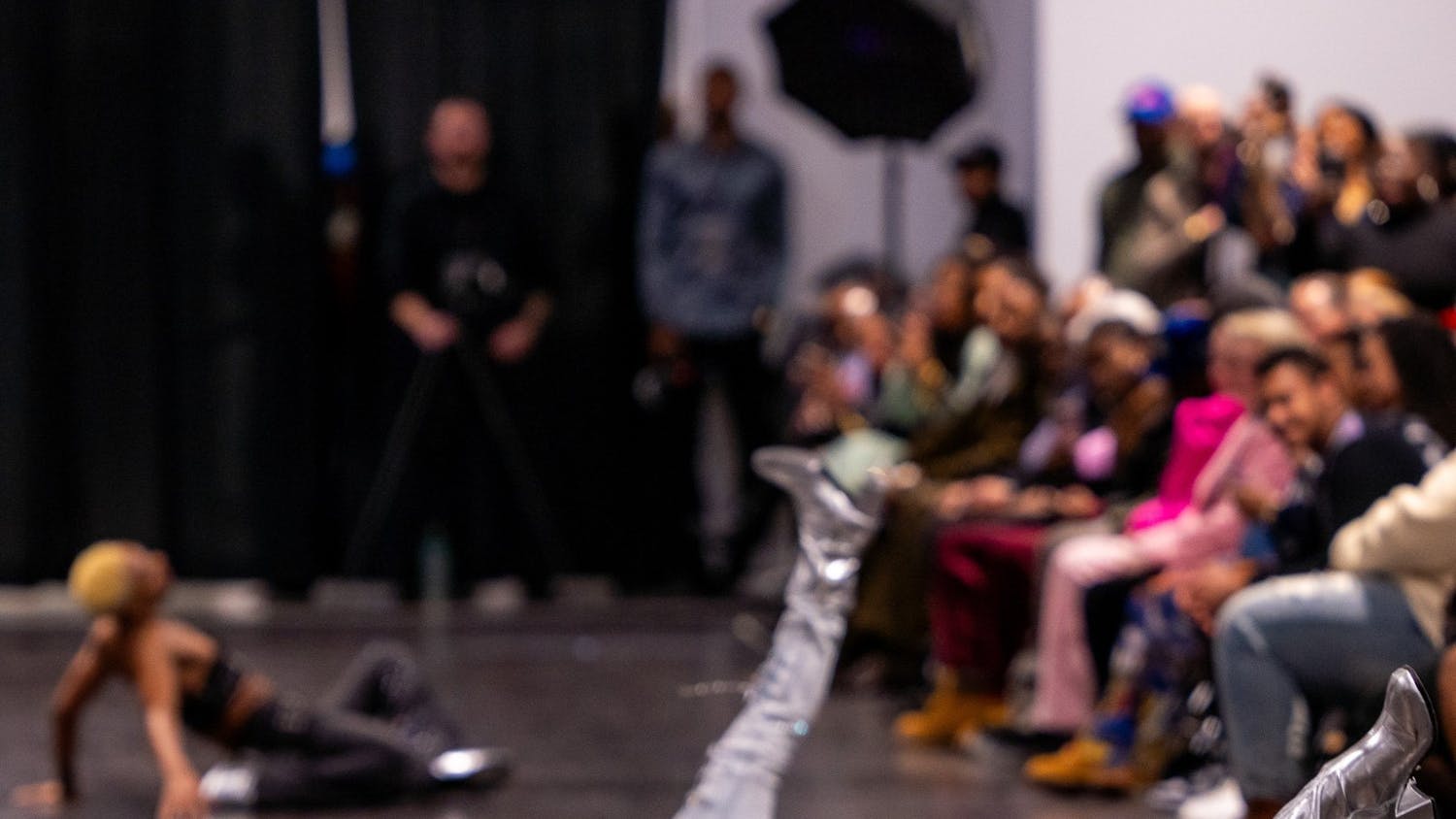Whether it’s the first time you’ve set foot in the gym or the third gym session that day, in the age of the smartphone anyone can get fit the hi-tech way using any of the hundreds of apps at your fingertips.
Apps like Nike Running +, Map My Run, My Fitness Pal and Eat, Lift, Sleep have revolutionized how people personalize their fitness experience.
Anthony Mincey Jr., a senior health and human services major, has a plethora of fitness experience from his participation in activities like Strong Man competitions, CrossFit, gymnastics, powerlifting, track and field and football.
He said while he does not personally use the apps, he understands why people would be interested in them as a fitness resource.
“When I look around I see people on their phones, so it makes sense that people would log their activity on their phone because they always have it on them,” Mincey said.
He said fitness apps could be beneficial for people who don’t have much experience working out and want a place to start where they can be guided during their workouts.
The apps are meant to provide structure to one workout routine.
“Consistency is the most important thing that someone can have when working out. If you don’t have a plan when you go to the gym, you’re really just wasting two to three hours of time,” he said.
Mincey said he felt that if there were an app that centered itself around the squat, bench, deadlift and military press, it would be the kind of app that people who are going to the gym to build strength and muscle would benefit from.
The app would be even better if it had a section that focused heavily on “body weight movement then an exercise that compliment[s] said movement,” said Mincey.
Mincey believes that people are looking for consistent and reliable workout partners in these apps to keep them motivated and on task.
He said it is important to be open to learning now exercises, establishing proper technique and striving for efficiency in a workout. Mincey said that he applauds people who come in with questions and leave the arrogance that many people who lift tend to have at the door.
Hashem Mohamed, a junior exercise science major, said that he is a huge fan of the app Eat, Lift, Sleepbecause it allows him to maximize his workout experience as he makes strides in gaining muscle mass.
“Having some record of improvement motivates you to want to do better each time you go to the gym,” Mohamed said.
He said that logging something as simple as one’s set and rep counts on a phone or on paper makes the work a person has put into his fitness seem more achievable. The act of logging one’s results allows users to numerically watch themselves progress.
“It gives me something to do between sets so that I’m not losing focus during my workouts,” Mohamed said.
Each different app contains unique features that enable users to calculate things such as calories burned, caloric intake, total time exercising, distance traveled and even their one rep max.
“The graphical interphase is really cool and helps motivate me by illustrating the progress I’ve made from week to week,” Mohamed said.
He said that the fitness app that came preloaded on his Galaxy 5s wasn’t what he was looking for in a fitness app because it focused more on cardio exercise than lifting and didn’t allow users to plug in their stats.
However, it is common for people walking around the gym with their phones plugged in to be too busy jamming out to their favorite pump-up songs to even care about actually logging their workouts.
Josh Lagerwall, a sophomore history major, said he tried a couple of apps himself but found a simple notebook a lot easier.
“Apps take too long and are a little tedious when it comes to time management,” Lagerwall said. “What I can write in my notebook in five seconds takes one minute to plug into a phone because of all the intricate little options that the apps have.”
He said that he understood how the apps could be beneficial to some users but didn’t see it adding any significant change to the results he got from his own way of tracking himself.
Lagerwall said he would recommend My Fitness Palto someone who was interested in downloading a fitness app because of “its multiplicity and wide array of resources that let people keep track of the food they eat and calories they burn.
But Lagerwall said those who use their phones for purely fitness-related activities in the gym are few and far between.
“People who track are a minority at the gym – most people are distracted by their Facebook and Instagram accounts between sets. I’ve done it myself before too,” Lagerwall said.
Fitness apps are designed to get people excited about working out and being healthier in general while providing ease of access. The future of fitness is just an app download away.
Tomas Olivier is the assistant arts editor and can be reached at tomas.olivier@ubspectrum.com.




